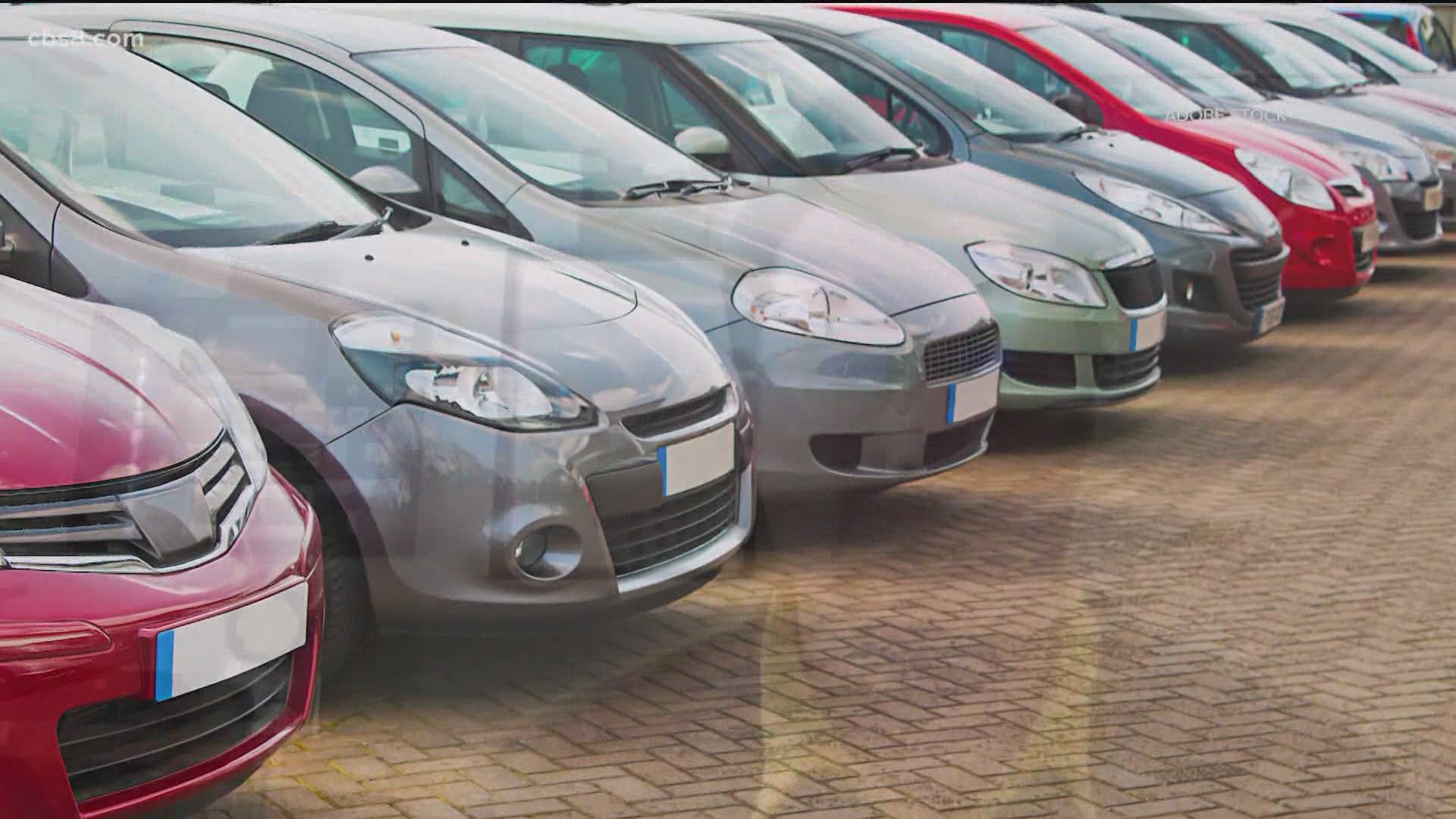SAN DIEGO — Across the country, travelers are shaking off their COVID quarantine and jetting off to sunny destination locations. But when weary travelers go to pick up their rental car from the airport, they’re seeing long lines and increased prices.
In Miami, a small SUV from Hertz will run you $630 a week, that same car in Austin TX $700 and in Honolulu, Hawaii two months from now, that small SUV will cost you over $1,200 per week.
To understand why this is all happening, we spoke with Michael Taylor who works with travel analytics for JD Power. He says that rental companies had to offload a big portion of their inventory in order to stay afloat during the pandemic.
“If you think about how much a car costs, we’re talking $35,000, $40,000 per individual asset," said Taylor .“They didn’t have any cash coming in, so they had to stop the cash from going out. So they divested themselves of several hundred thousands cars.”
Last year, rental companies Hertz and Avis sold over 500,000 cars to make up for losses. Now, with travel demand roaring back, big rental car companies like Hertz, Avis and Enterprise are caught with increased demand and little supply. To make matter worse, a global shortage of semiconductor chips has forced auto manufacturers to slow production of new cars.
Though the prices are sky high now, Taylor says this might be just a blip for the big car rental companies.
“It’s actually a good thing for the industry. It’s not so great if you’re the person trying to rent a car at $300 a day in Orlando," he continued. "But because there is still a large demand for rental cars, it will force companies to go back into the market and buy new cars for their fleet.

